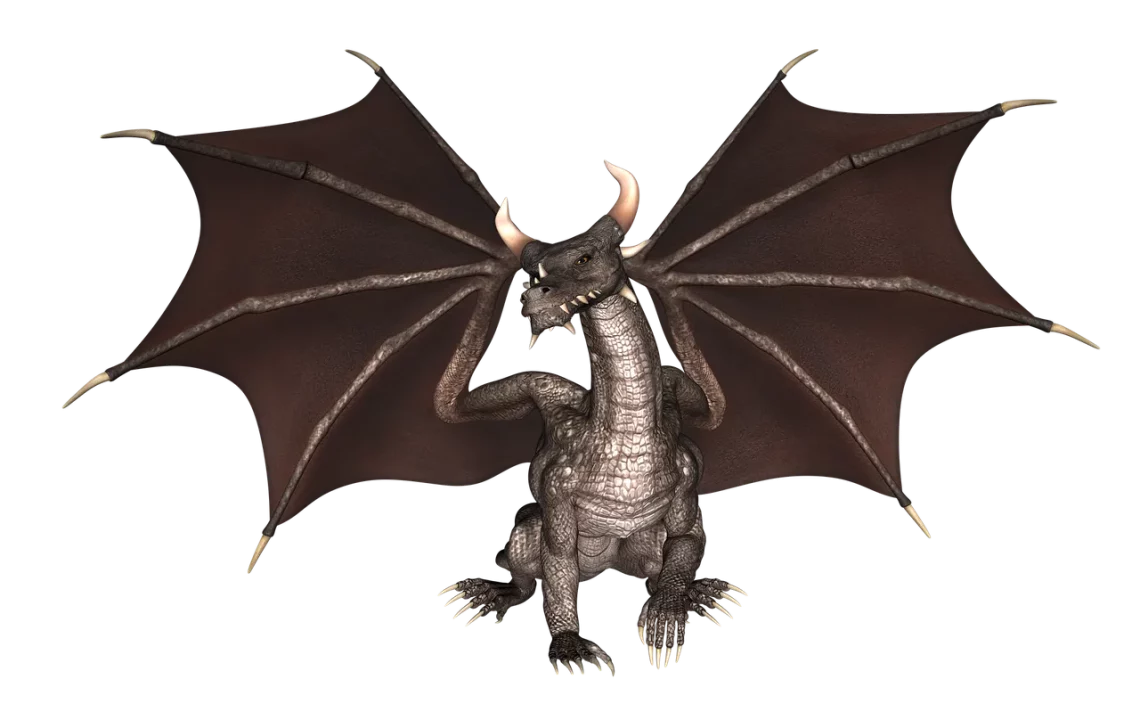
Understanding the Bearded Dragon Growth Chart for Optimal Care
Bearded dragons, known for their friendly demeanor and unique appearance, have become increasingly popular pets among reptile enthusiasts. Understanding the growth patterns of these fascinating creatures is essential for providing them with the best care possible. As bearded dragons grow, their needs change significantly, from dietary requirements to habitat conditions. Monitoring their growth is not just about observing their size; it’s also about ensuring they are healthy and thriving in their environment.
Bearded dragons can reach impressive lengths, often exceeding two feet, and their growth rates can vary based on factors such as genetics, diet, and habitat. Owners must be aware of these factors to create a suitable environment that supports their pet’s development. This understanding helps in preventing health issues often associated with improper care.
In the following sections, we will explore the various stages of bearded dragon growth, the factors influencing their development, and the importance of a proper growth chart in ensuring your pet’s well-being. By keeping a close eye on their growth and adjusting care accordingly, you ensure your bearded dragon enjoys a long, healthy life.
Stages of Bearded Dragon Growth
Bearded dragons undergo several distinct growth stages throughout their lives, each characterized by unique developmental milestones. Understanding these stages is crucial for any owner committed to providing optimal care. The primary growth phases can be divided into hatchling, juvenile, sub-adult, and adult categories.
Hatchlings are typically less than six inches long and are incredibly fragile. This stage can last from birth until the dragon reaches about three months of age. During this period, the bearded dragon requires a protein-rich diet to fuel its rapid growth. Crickets, mealworms, and other insects should make up the majority of their diet, supplemented with finely chopped vegetables. It is also essential to provide appropriate heating and lighting conditions to support their metabolism.
As they transition into the juvenile stage, which lasts from about three to twelve months, bearded dragons will grow significantly, often reaching lengths of 12 to 18 inches. During this period, owners should continue to focus on a balanced diet, introducing a wider variety of greens and vegetables while still including protein sources. Juvenile dragons are highly active and require ample space to roam. Their habitat should be spacious enough to allow for climbing and basking, as these activities are vital for their physical development.
Once a bearded dragon reaches the sub-adult stage, typically between 12 months and 18 months, they will begin to slow down in their growth. At this point, they are generally around 18 to 24 inches long. Care during this stage remains crucial, as owners must ensure that dietary needs continue to be met. Sub-adults can start to eat more plant-based foods, which should become a larger part of their diet compared to insects.
Finally, bearded dragons reach adulthood at around 18 months to 24 months. Adult dragons typically measure between 18 and 24 inches in length, depending on their genetics. At this stage, their diet should consist of approximately 70% vegetables and 30% protein. Regular check-ups with a veterinarian are also recommended to ensure ongoing health, as adult bearded dragons can develop health issues if not properly cared for.
Understanding these growth stages allows owners to tailor their care practices to meet the evolving needs of their bearded dragon, ensuring a long, healthy life.
Factors Influencing Bearded Dragon Growth
Several factors significantly influence the growth and overall health of bearded dragons. Understanding these factors can help owners create an optimal environment for their pets, ensuring they develop healthily.
One of the most critical factors is diet. A balanced diet rich in nutrients is essential for proper growth. Hatchlings and juveniles require a diet high in protein to support their rapid growth rates, while adults benefit from a diet that includes a higher proportion of vegetables. It’s essential to provide a variety of food items to prevent nutritional deficiencies. Calcium and vitamin D3 supplements are also crucial to support bone health, particularly in growing dragons.
Environmental factors also play a significant role in a bearded dragon’s growth. Temperature regulation is key; bearded dragons need a basking spot that reaches around 100°F to aid digestion and metabolic processes. The cooler end of the habitat should be around 75°F to allow for thermoregulation. Proper lighting is essential as well; UVB lighting mimics natural sunlight and is vital for calcium absorption. Without adequate UVB exposure, bearded dragons can develop metabolic bone disease, which can severely impact their growth and overall health.
Stress can also significantly hamper growth. Bearded dragons are sensitive creatures, and changes in their environment or handling can lead to stress. A well-designed habitat that mimics their natural environment will help reduce stress. Providing hiding spots, climbing surfaces, and a clean living space can promote a sense of security.
Genetics is another crucial factor that influences growth. Different bearded dragon breeds may grow at varying rates and sizes. It’s essential to understand the specific breed you have, as this will set realistic expectations for growth. Consulting with reputable breeders can provide insights into the potential growth patterns of your dragon.
Lastly, regular veterinary check-ups can help monitor growth and catch any potential health issues early. A healthy bearded dragon will thrive, and being aware of the factors that influence growth can help owners provide the best care possible.
The Importance of a Growth Chart
A growth chart for bearded dragons is an invaluable tool for any owner dedicated to monitoring their pet’s development. Tracking growth not only provides insights into the health of your dragon but also allows owners to make informed decisions regarding care and dietary adjustments.
Using a growth chart involves regularly measuring your bearded dragon’s length and weight at consistent intervals. This data helps identify growth trends and ensures that your pet is growing at a healthy rate. For instance, if you notice that your bearded dragon is not gaining weight or is losing weight, it may indicate potential health issues or inadequate care. Early detection of such problems can lead to prompt intervention and treatment.
A well-maintained growth chart also allows owners to compare their dragon’s growth to established benchmarks. Many resources provide average growth rates for bearded dragons at different life stages. This information can serve as a guideline to assess whether your pet is developing appropriately.
Moreover, a growth chart can inform dietary and habitat adjustments. If a bearded dragon is growing faster than expected, it may require increased food intake or a larger living space. Conversely, if growth is slow, it may indicate that dietary changes or habitat conditions need to be addressed.
In addition, documenting growth can be beneficial for veterinary visits. Providing your veterinarian with growth data can help them better understand your pet’s health and development history, aiding in their diagnosis and treatment recommendations.
In conclusion, maintaining a growth chart is a straightforward yet effective way to ensure your bearded dragon receives the optimal care it needs during its various growth stages. By being proactive and attentive to their growth patterns, you can contribute to a long, healthy, and fulfilling life for your pet.
**Disclaimer:** This article is not intended as medical advice. For any health concerns regarding your bearded dragon, please consult a qualified veterinarian.




